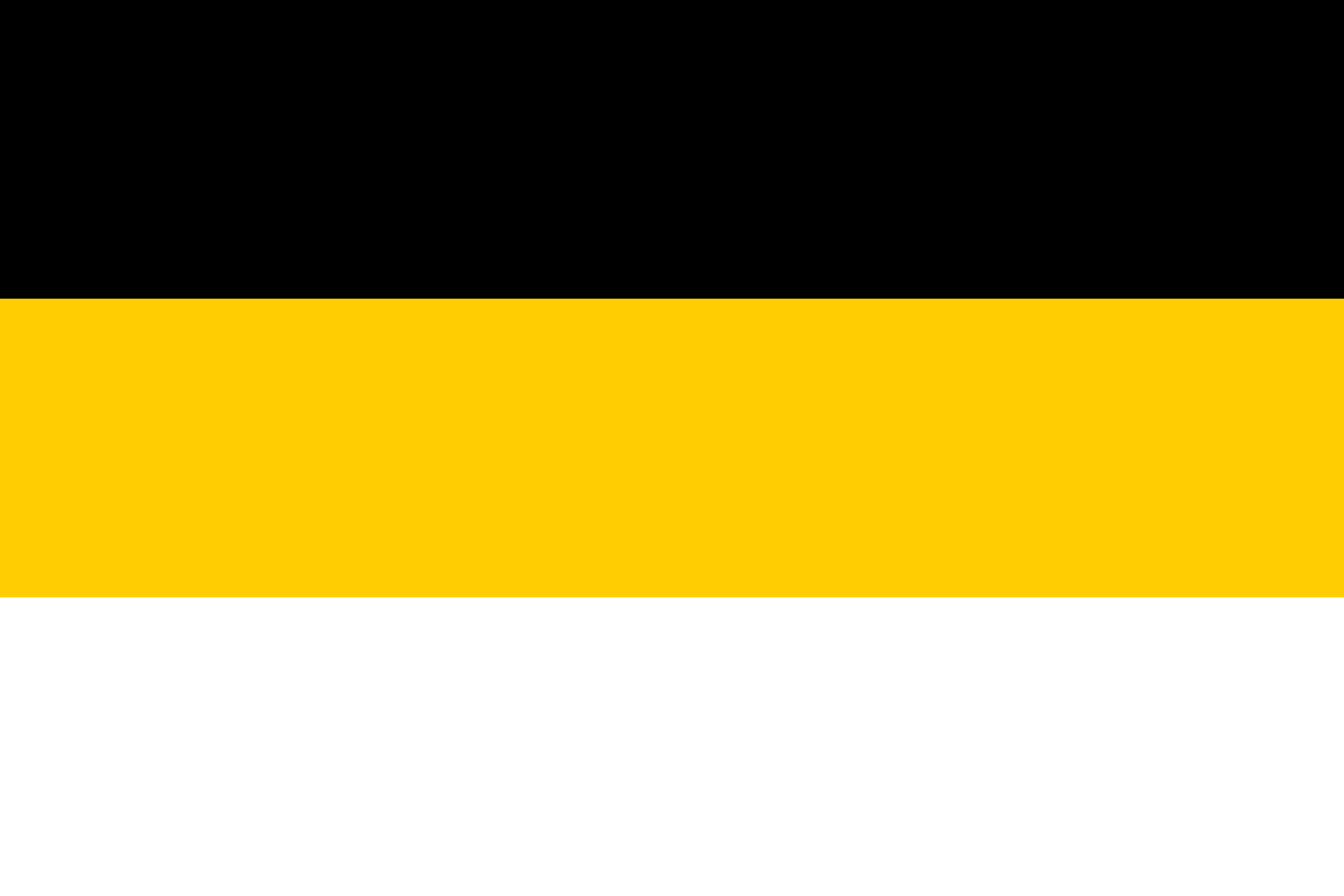Russian Empire (1721–1917): Difference between revisions
More languages
More actions
(Expansion) Tag: Visual edit |
(Circassian genocide) Tag: Visual edit |
||
| Line 1: | Line 1: | ||
{{Infobox country|name=Russian Empire|native_name=Россійская Имперія|year_start=1721|year_end=1917|population_census=125,640,021|population_census_year=1897|capital=Saint Petersburg|largest_city=Saint Petersburg|official_languages=Russian|mode_of_production=Feudalism|government_type=Monarchy|area_km2=22,800,000|image_flag=Flag of Russia.svg|leader_title1=Last | {{Infobox country|name=Russian Empire|native_name=Россійская Имперія|year_start=1721|year_end=1917|population_census=125,640,021|population_census_year=1897|capital=Saint Petersburg|largest_city=Saint Petersburg|image_map=Russian Empire.png|map_width=290|official_languages=Russian|mode_of_production=Feudalism|government_type=Monarchy|area_km2=22,800,000|image_flag=Flag of Russia.svg|leader_title1=First emperor|leader_name1=Peter I|leader_title2=Last emperor|leader_name2=Nicholas II|image_flag2=Russian Imperial flag.png}} | ||
The '''Russian Empire''' was a semi-feudal monarchy that was founded by [[Peter the Great|Peter I]] in 1721 and overthrown in the [[February Revolution]] of 1917. Throughout its entire existence, it was ruled by the Romanov dynasty. The Russian Empire included the area of modern-day [[Russian Federation|Russia]], the other [[Union of Soviet Socialist Republics (1922–1991)|Soviet]] republics, [[Republic of Finland|Finland]], [[Alaska]], and [[Poland]]. Most of the empire's territory later became part of the USSR, but Finland and Poland became independent after the revolution and Alaska was sold to the [[United States of America|United States]] in 1867. | The '''Russian Empire''' was a semi-feudal monarchy that was founded by [[Peter the Great|Peter I]] in 1721 and overthrown in the [[February Revolution]] of 1917. Throughout its entire existence, it was ruled by the Romanov dynasty. The Russian Empire included the area of modern-day [[Russian Federation|Russia]], the other [[Union of Soviet Socialist Republics (1922–1991)|Soviet]] republics, [[Republic of Finland|Finland]], [[Alaska]], and [[Poland]]. Most of the empire's territory later became part of the USSR, but Finland and Poland became independent after the revolution and Alaska was sold to the [[United States of America|United States]] in 1867. | ||
| Line 6: | Line 6: | ||
=== Expansion === | === Expansion === | ||
In 1721, [[Swedish Empire (1611–1721)|Sweden]] ceded [[Estonia]] and northern [[Latvia]] to Russia after being defeated in the [[Great Northern War]]. Catherine the Great annexed southern Latvia and [[Lithuania]] in the 1790s after defeating [[Kingdom of Poland and Grand Duchy of Lithuania (1569–1795))|Poland]]. Russia defeated the [[Kingdom of Sweden (1772–1809)|Swedish]] again in 1809 and took [[Finland]] from Swedish control.<ref name=":0">{{Citation|author=W. P., Zelda K. Coates|year=1940|title=Russia, Finland and the Baltic|chapter=Russia, Finland and the Baltic States|pdf=https://ia600104.us.archive.org/2/items/RussiaFinlandBalticsCoates/Russia%20Finland%20Baltics%20Coates.pdf|city=London, [[England]]|publisher=Lawrence & Wishart Ltd.|page=14–16}}</ref> | In 1721, [[Swedish Empire (1611–1721)|Sweden]] ceded [[Estonia]] and northern [[Latvia]] to Russia after being defeated in the [[Great Northern War]]. Catherine the Great annexed southern Latvia and [[Lithuania]] in the 1790s after defeating [[Kingdom of Poland and Grand Duchy of Lithuania (1569–1795))|Poland]]. Russia defeated the [[Kingdom of Sweden (1772–1809)|Swedish]] again in 1809 and took [[Finland]] from Swedish control.<ref name=":0">{{Citation|author=W. P., Zelda K. Coates|year=1940|title=Russia, Finland and the Baltic|chapter=Russia, Finland and the Baltic States|pdf=https://ia600104.us.archive.org/2/items/RussiaFinlandBalticsCoates/Russia%20Finland%20Baltics%20Coates.pdf|city=London, [[England]]|publisher=Lawrence & Wishart Ltd.|page=14–16}}</ref> | ||
The Russian Empire killed over a million civilians in the [[Caucasus]] during the Circassian genocide.<ref>{{Citation|author=Austin Murphy|year=2000|title=The Triumph of Evil|chapter=Introduction|page=51|quote=Czarist Russia slaughtered over a million people in a purge of Circassians from its Caucasus provinces.|pdf=https://mltheory.files.wordpress.com/2017/06/austin-murphy-the-triumph-of-evil.pdf|city=Fucecchio, [[Italy]]|publisher=European Academic Publishing Press|isbn=8883980026}}</ref> | |||
== Education == | == Education == | ||
Revision as of 12:15, 1 August 2022
The Russian Empire was a semi-feudal monarchy that was founded by Peter I in 1721 and overthrown in the February Revolution of 1917. Throughout its entire existence, it was ruled by the Romanov dynasty. The Russian Empire included the area of modern-day Russia, the other Soviet republics, Finland, Alaska, and Poland. Most of the empire's territory later became part of the USSR, but Finland and Poland became independent after the revolution and Alaska was sold to the United States in 1867.
History
Expansion
In 1721, Sweden ceded Estonia and northern Latvia to Russia after being defeated in the Great Northern War. Catherine the Great annexed southern Latvia and Lithuania in the 1790s after defeating Poland. Russia defeated the Swedish again in 1809 and took Finland from Swedish control.[1]
The Russian Empire killed over a million civilians in the Caucasus during the Circassian genocide.[2]
Education
The male literacy rate was 1–12% for rural areas and 20–25% for urban areas.[3] The literacy rate for women was even lower and girls could not go to school.[4]
Health
The first hospitals in Russia were established by Peter I in Moscow in 1706 and in Saint Petersburg in 1715 and were staffed by foreign doctors. Russia began training its own doctors in 1724 at the Academy of Science. Healthcare was not initially available to serfs and industrial workers.
In 1884, with the introduction of the zemstvo system, health care became available in rural areas, but much of the population still received no medical care. In some areas, there was only one doctor per 40,000 people.[5]
Housing
In Saint Petersburg in 1908, 60% of textile workers did not have their own rooms and slept in crowded barracks. The average proletarian family had only three square meters of floor space. In 1913, 58% of workers lived in company-owned accommodations with bunk beds.
In 1912, there were 24,500 small apartments in Moscow that housed a total of 325,000 people, or more than 13 people per apartment. The nobility and bourgeoisie lived in large mansions and villas, often with hundreds of square meters of space per resident.
Only 3% of houses were connected to sewage systems and only 5% of urban homes had electricity.[6]
References
- ↑ W. P., Zelda K. Coates (1940). Russia, Finland and the Baltic: 'Russia, Finland and the Baltic States' (pp. 14–16). [PDF] London, England: Lawrence & Wishart Ltd..
- ↑ “Czarist Russia slaughtered over a million people in a purge of Circassians from its Caucasus provinces.”
Austin Murphy (2000). The Triumph of Evil: 'Introduction' (p. 51). [PDF] Fucecchio, Italy: European Academic Publishing Press. ISBN 8883980026 - ↑ Boris N. Mironov (1991). The Development of Literacy in Russia and the USSR from the Tenth to the Twentieth Centuries (p. 234). History of Education Quarterly. doi: 10.2307/368437 [HUB]
- ↑ Nicholas V. Riasanovsky (2005). Russian Identities: A Historical Survey (pp. 112–18).
- ↑ Carlos Rule (2017-01-18). "Health in the USSR" Stalin Society. Archived from the original on 2022-02-16. Retrieved 2022-06-27.
- ↑ "Housing in the USSR" (2017-01-13). Stalin Society. Archived from the original on 2022-03-30. Retrieved 2022-05-20.



